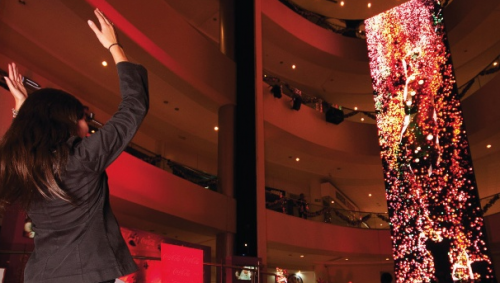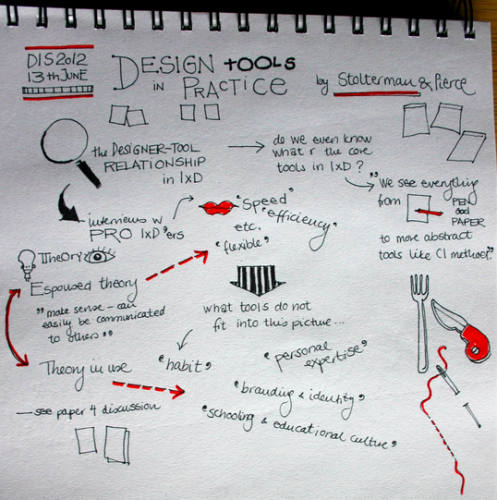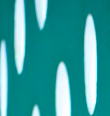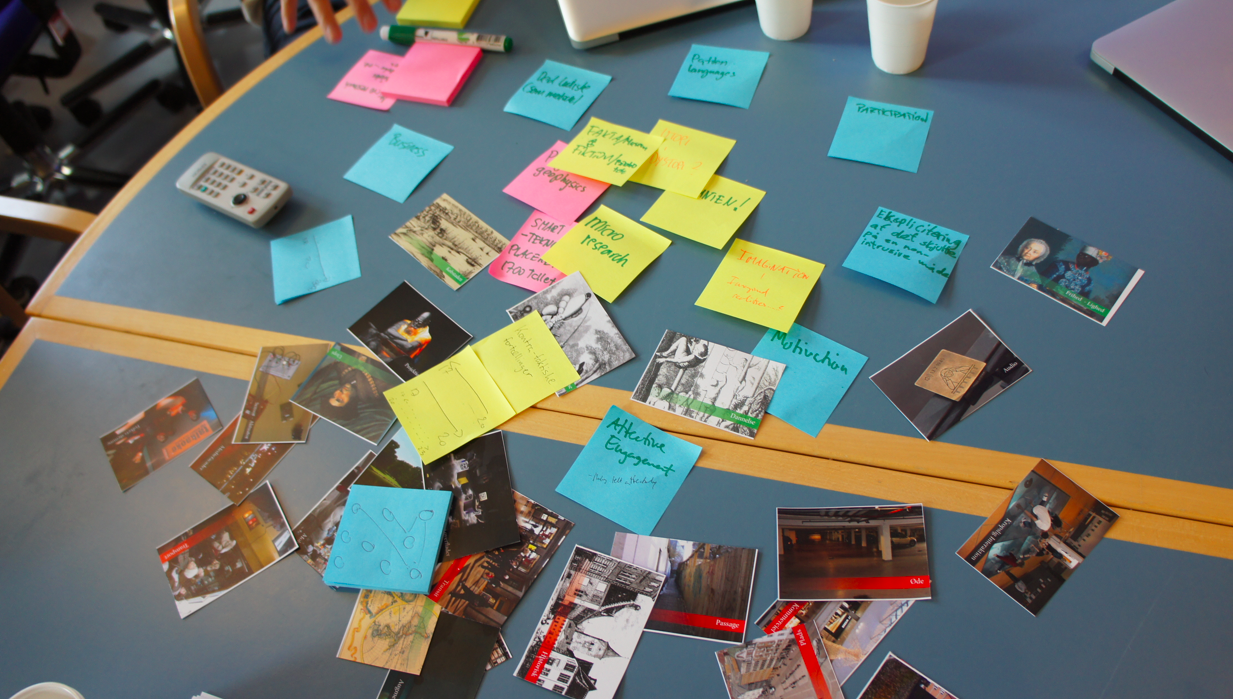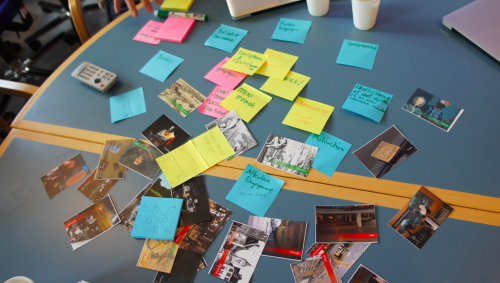Building on the successful event in Vienna 2010, Media Architecture Biennale 2012 brings together artists, practitioners and researchers from academia and industry in the ongoing exploration of the meeting between architecture and digital media. The 2012 Biennale comprises an academic conference track, exhibitions, and industry sessions, as well as a full day of workshops. Our vision is to provide an excellent forum for debate and knowledge exchange; to offer a unique opportunity that brings together the best minds and organizations; and to highlight state-of-the-art and experimental research in media architecture.
THEME: PARTICIPATION
The design of media architecture invites encounters between people, the built environment, and digital media. It opens up rich opportunities for new forms of participation through dialogue and engagement. As an emerging field, diverse perspectives are coming together in media architecture, and the challenges are as abundant as the opportunities. At the conference, we explore “participation” as a core value of media architecture. In this context, participation may occur in the initial design stages of media architecture, e.g. as different practitioners, stakeholders and potential audiences take part in shaping future media architecture; it may occur when media architecture is realized and people experience and interact with it, e.g. when public spaces and urban environments and the practices they shape are influenced by elements of media architecture; it may also occur as new platforms give rise to new opportunities for shaping systems and surroundings.
TOPICS
We consider media architecture as an inclusive term that encompasses encounters and intersections between digital technologies and our physical surroundings. In this respect, we invite papers that present and discuss novel contributions to media architecture both on a practical and theoretical level and that further our understanding of the field through case studies, design approaches, and best practices. We expect contributions to critically explore a wide range of topics including, but not limited to:
– Case Studies of Specific Projects
– Future Trends and Prototypes
– Media Facades and Urban Displays
– Interaction Techniques and Interfaces
– Social and Cultural Aspects of Media Architecture
– Historical Perspectives on the Intersection between Media and the Built Environment
– Design Processes and Methods
– Participatory City Planning and Developing Urban Media Environments
– Participatory Architecture
– Spatial Locative Media
– Development and Design of Content for Specific Contexts
MORE INFO
Read more about submission details, important dates etc. in the full call for papers (PDF). There’s more info to be found on the Biennale’s official home on the web, on Twitter (#mab2012) and on Facebook.
